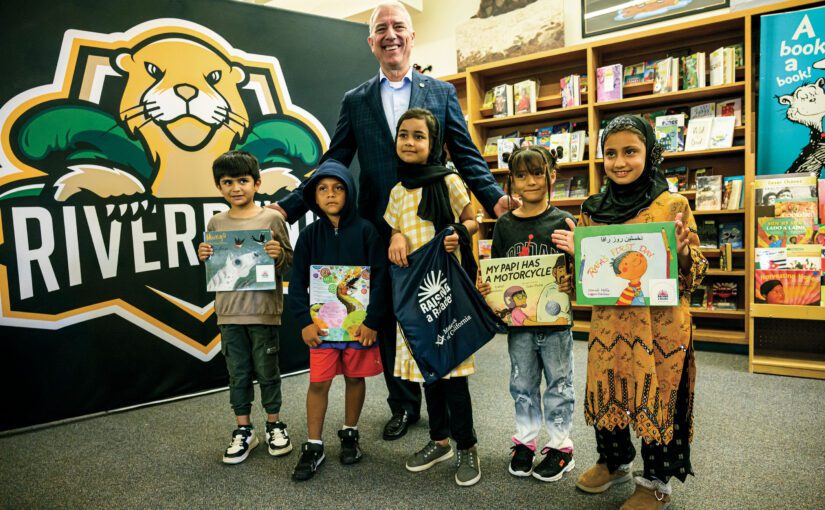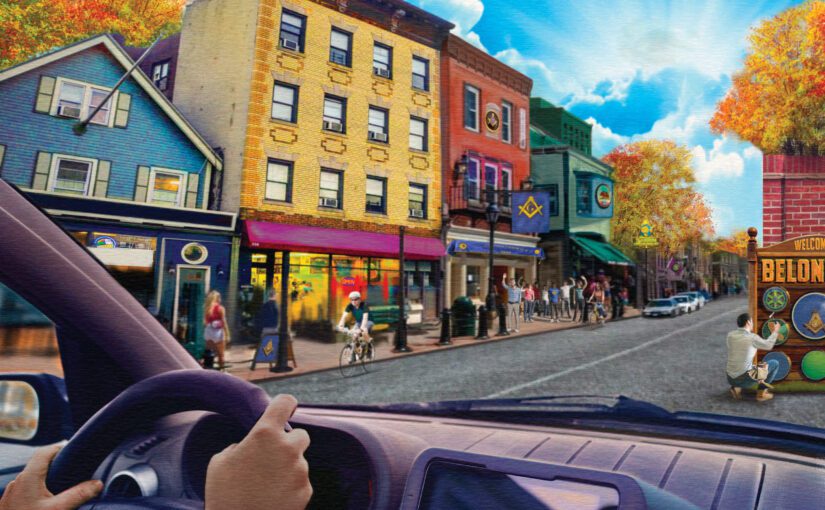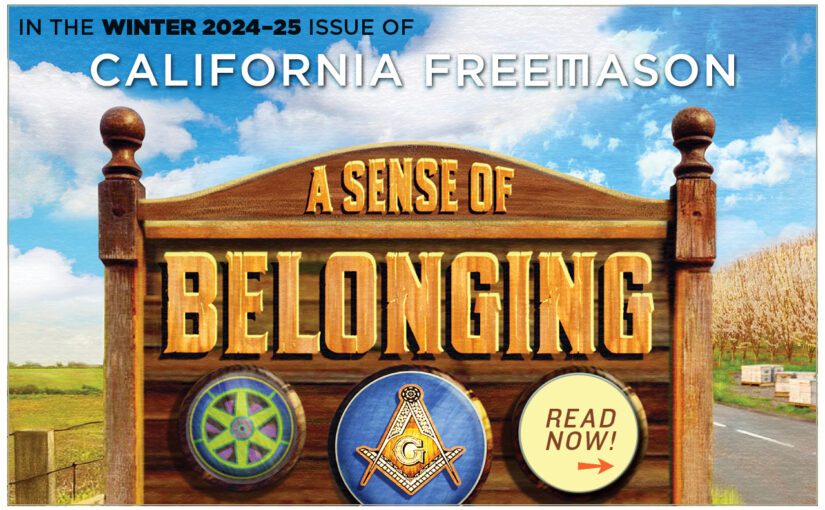Month: February 2025
California Freemason: There’s No Place Like Lodge
Read more in the new issue at californiafreemason.org
Could the simple act of joining a MasonicLodge be the key to rebuilding trust and strengthening democracy? Harvard sociologist Robert Putnam, author of Bowling Alone, thinks so. He argues that declining membership in social groups—like lodges, churches, and even bowling leagues—has contributed to rising polarization and social distrust.
Freemasonry offers a remedy: it fosters ‘social capital,’ creating connections that cross racial, political, and socioeconomic lines. By building trust and promoting civic engagement, Masons help strengthen the bonds that hold our communities—and democracy—together. Oh, and it might even help you live longer.
Winter 2024 Issue Out Now: A Sense of Belonging
Winter 2024 Issue Out Now: A Sense of Belonging
Why do people join the Masons? That’s one of the most common questions I’m asked by people who want to know more about this fraternity. We know that there are lots of reasons: Some had a father or grandfather who belonged to a lodge. Or a friend who introduced them to a member. Or just curiosity about the ritual and esoteric Masonic knowledge. Or a desire to improve as a husband, father, or partner.
 people don’t necessarily talk much about, but what might be even more important, is the community aspect of our organization. When Masons gather in lodge, we’re coming together as a group of people with common values. We’re demonstrating servant leadership. We’re working with one another across political, ethnic, and socioeconomic lines.
people don’t necessarily talk much about, but what might be even more important, is the community aspect of our organization. When Masons gather in lodge, we’re coming together as a group of people with common values. We’re demonstrating servant leadership. We’re working with one another across political, ethnic, and socioeconomic lines.
Nowadays, that kind of cooperation is more important than ever. The harmony we see play out in our lodges is precisely the kind of thing we need in order to fight against the polarization and distrust that have become all too common . That makes our lodges important examples that our communities can follow—and it makes our members important leaders in the places they call home.
In this issue of California Freemason Magazine, we’re exploring the ways in which groups like the Masons can help members build social capital—a term first popularized by the sociologist Robert Putnam. With a new documentary film out now devoted to his work, it’s an ideal time to consider how Freemasonry can—and does—help build stronger and more resilient communities.
By fostering a true sense of community, inclusion, and belonging, Masonic lodges are lighting a path forward for the places we all call home.
![]()
Arthur L. Salazar, Jr.
Grand Master of Masons in California


